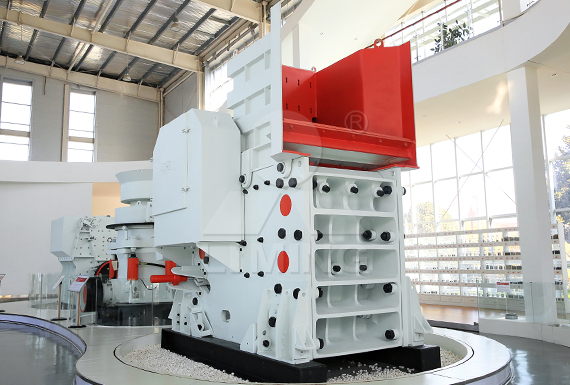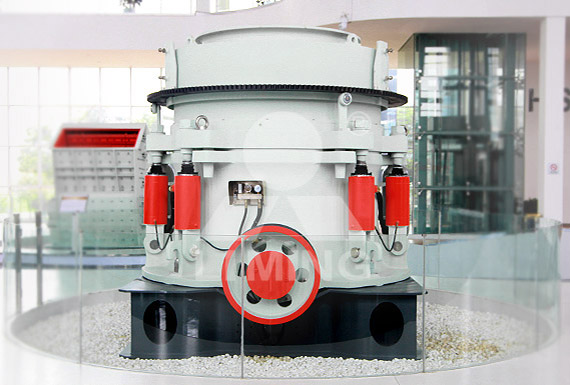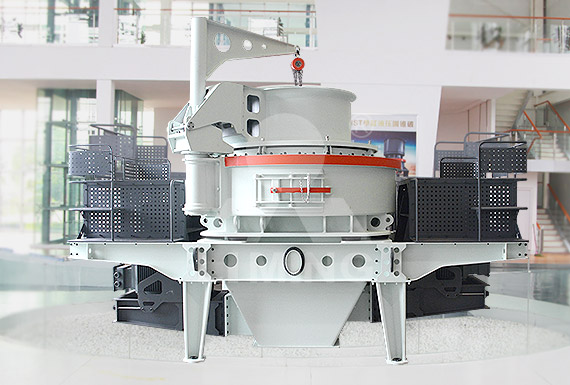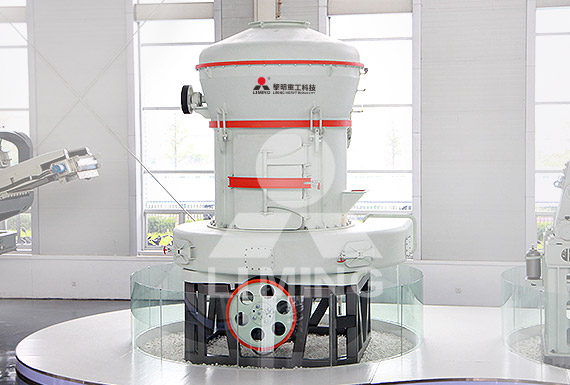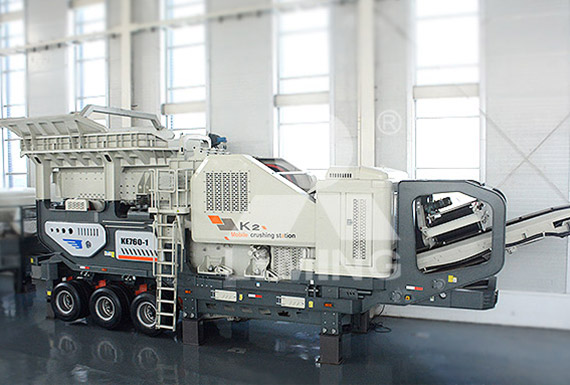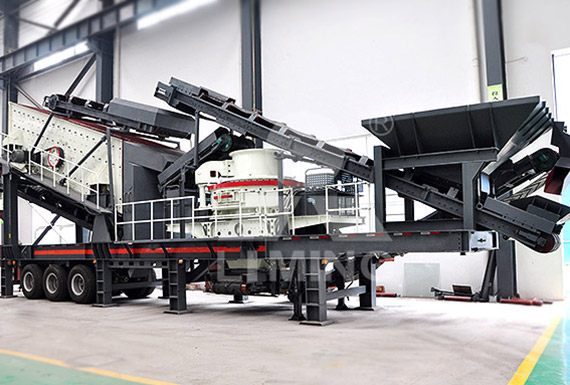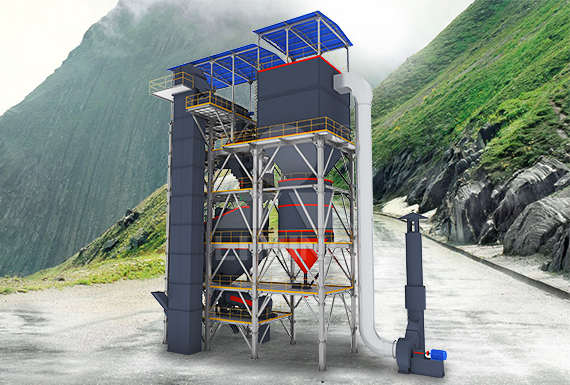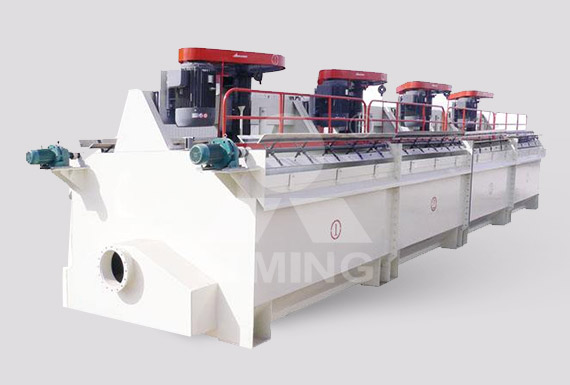المنتجات الساخنة

How is coal formded? Kentucky Geological Survey,
Sep 20, 2019How Is Coal Formed? Coal is formed from the physical and chemical alteration of peat. Peat is composed of plant materials that accumulate in wetlands ( bogs and fens), which break down through the process of peatification. If peats are buried, then the peats can be altered into different ranks of coal through the process of coalification.
Contact
How is coal formed?
The weight of the top layers and the water and dirt packed down the lower layers of plant matter. Heat and pressure produced chemical and physical changes in the plant layers which forced out oxygen and left rich carbon deposits. In time, material that had been plants became coal.
Contact
Coal Formation: How Coal Forms Earth How
Jan 09, 2022Instead of releasing carbon and oxygen into the air, it created perfect conditions for coal formation from these fallen trees. This is because all the carbon remained in the to become the prime ingredient in hydrocarbons. So, for 60 million years, this natural process of laying down vast swamp forests under sediment continued.
Contact
Coal formation Energy Education
The formation of coal begins in areas of swampy wetlands where groundwater is near or slightly above the topsoil. Because of this, the flora present produces organic matter quickly faster in fact than it can be decomposed. In these areas, layers
Contact
How is Coal Formed? Geography for Kids YouTube
Apr 01, 2013Millions of years ago, a large number of plants and ferns grew on Earth. These plants and ferns died in swamps, around riverbanks and got covered with soil and mud and slowly sank into the ground....
Contact
How is Coal Formed? Definition, MiningUses with
How is Coal Obtained? It is obtained from the underground seams, which are the layers of ores and are thick enough to be mined with profitable results. There are two ways in which mining can be done- underground and open-pit. Determining
Contact
Coal National Geographic Society
Dec 22, 2012Coal is a black or brownish-black sedimentary rock that can be burned for fuel and used to generate electricity.It is composed mostly of carbon and hydrocarbons, which contain energy that can be released through combustion (burning). Coal is the largest source of energy for generating electricity in the world, and the most abundant fossil fuel in the United States.
Contact
How Nature Makes Coal, Oil and Gas EARTH 104: Earth
Coal, as a solid, mostly sits where it was formed. Eventually, if the rocks above it are eroded so that it is exposed at the Earth’s surface, the coal itself may be eroded away, and either “eaten” by bacteria, or buried in new rocks. And, occasionally, a natural forest fire or a lightning strike may set coal on fire.
Contact
Coal, How Did Coal Form, SciFun subduction.rocks
The formation of humic coals begins when plant debris accumulates in a swamp where the stagnant water prevents oxidation and total decomposition of the organic matter. These swamps are called peat swamps. It is estimated that about 10% of
Contact
How is Coal Formed? Definition, MiningUses with Videos of Coal
Uses of Coal. It is mainly used to generate heat and electricity. It is used in households and in industries to accomplish various tasks. It is the cheapest source of power fuel. The iron and steel industry depends heavily on fossil fuel for energy. It is also used to produce useful products such as coke, tar, and coal gas.
Contact
How is coal formed? Freeing Energy
Jun 02, 2019In fact, coal is between 50% and 98% carbon by weight. About two-thirds of US coal is obtained using a technique called surface mining. This includes mountaintop removal and strip mining. The rest is dug up using traditional underground mining. Since most US coal comes from just three states (see below), about 70% of it is distributed by
Contact
How is Coal Formed? Geography for Kids YouTube
Apr 01, 2013https://mocomi/ presents : How is Coal Formed?Millions of years ago, a large number of plants and ferns grew on Earth.These plants and ferns died in swam...
Contact
How Nature Makes Coal, Oil and Gas EARTH 104: Earth and the
With too much heat, the oil breaks down to make methane. This gas is also produced as coal forms. Coal, as a solid, mostly sits where it was formed. Eventually, if the rocks above it are eroded so that it is exposed at the Earth’s surface, the coal itself may be eroded away, and either “eaten” by bacteria, or buried in new rocks. And
Contact
Where Does Coal Come From? Treehugger
Jan 28, 2019West Virginia, Kentucky and Pennsylvania are the main producers of U.S. bituminous coal, which is mostly concentrated east of the Mississippi. It's widely used to generate electricity, and is also
Contact
How does coal form? Answers
Feb 10, 2016Copy. Coal forms when dead plant material builds up and up to form peat, which is the first step. This is compacted between layers of sedimentary rock, forming a rock called lignite. Then this is
Contact
How Long Does It Take to Make Coal? Reference
Mar 25, 2020The coal formation process takes millions of years. The coal in use today started to form over 300 million years ago as living trees, ferns and other types of plant material. Coal is a nonrenewable resource because the time it requires for formation far exceeds the rate at which man uses it. The coal-forming process, known as coalification
Contact
Coal mining and transportation U.S. Energy Information Administration
Feb 15, 2022Mining coal . Coal miners use large machines to remove coal from the earth. Many U.S. coal deposits, called coal beds or seams, are near the earth's surface, while others are deep underground.Modern mining methods allow coal miners to easily reach most of the nation's coal reserves and to produce about three times more coal in one hour than in 1978.
Contact
What are the types of coal? U.S. Geological Survey
The four ranks are: Anthracite: The highest rank of coal. It is a hard, brittle, and black lustrous coal, often referred to as hard coal, containing a high percentage of fixed carbon and a low percentage of volatile matter. Bituminous: Bituminous coal is a middle rank coal between subbituminous and anthracite. Bituminous coal usually has a high
Contact
Advanced Guide: How Does Coal Energy Work linquip
Feb 11, 2021If you are interested in how does coal produce electricity step by step, the steps are the following: A machine called a pulverizer grinds the coal into a fine powder. The coal powder mixes with hot air, which helps the coal burnt. more efficiently, and the mixture moves to the furnace. The burning coal heats water in a boiler, creating steam.
Contact
How Does Coal Mining Affect the Environment? Reference
Apr 05, 2020Coal mining affects the environment in several ways: underground coal mining introduces toxins such as methane gas into waterways and the atmosphere, and surface coal mining contributes to deforestation and erosion. Coal mining displaces large amounts of water, which in turn alters local water tables. This change affects organisms in surrounding
Contact
Coal Geoscience Australia
Coal and peat is still used for residential and commercial heating in some parts of the world (e.g. Ireland and Finland). In its dehydrated form, peat is a highly effective absorbent for fuel and oil spills on land and water. It is also used as a conditioner for soil to make it more able to retain and slowly release water.
Contact
Coal and the environment U.S. Energy Information Administration
Dec 02, 2021Effects of coal mining. Surface mines (sometimes called strip mines) were the source of about 64% of the coal mined in the United States in 2020. These mining operations remove the soil and rock above coal deposits, or seams. The largest surface mines in the United States are in Wyoming's Powder River Basin, where coal deposits are close to the
Contact
How Does Oil Form? Live Science
Mar 02, 2011It mostly happens in sediment deposits that collect in depressions at the bottom of the ocean. When phytoplankton, algae and other marine organisms die,
Contact
Coal formation Energy Education
To form coal, the following steps are followed (Figure 2 illustrates these steps): Plant matter in mires and wetlands, such as ferns, shrubs, vines, trees, and algae dies and accumulates on the surface. Initially the organic matter is decomposed by bacteria, yielding carbon dioxide and methane. The plant matter becomes buried, and are no longer
Contact
How is coal formed? Freeing Energy
Jun 02, 2019In fact, coal is between 50% and 98% carbon by weight. About two-thirds of US coal is obtained using a technique called surface mining. This includes mountaintop removal and strip mining. The rest is dug up using traditional underground mining. Since most US coal comes from just three states (see below), about 70% of it is distributed by
Contact
How is Coal Formed? Geography for Kids YouTube
Apr 01, 2013https://mocomi/ presents : How is Coal Formed?Millions of years ago, a large number of plants and ferns grew on Earth.These plants and ferns died in swam...
Contact
How Coal Works Union of Concerned Scientists
Dec 15, 2017How coal is formed. Coal is formed when dead plant matter submerged in swamp environments is subjected to the geological forces of heat and pressure over hundreds of millions of years. Over time, the plant matter transforms from moist, low-carbon peat, to coal, an energy- and carbon-dense black or brownish-black sedimentary rock.
Contact
Coal Wikipedia
Coal is a combustible black or brownish-black sedimentary rock, formed as rock strata called coal seams.Coal is mostly carbon with variable amounts of other elements, chiefly hydrogen, sulfur, oxygen, and nitrogen. Coal is formed when dead plant matter decays into peat and is converted into coal by the heat and pressure of deep burial over millions of years.
Contact
Coal, How Did Coal Form, SciFun subduction.rocks
carbon content of the coal that supplies most of its heating value. The greater the carbon to oxygen ratio the harder the coal, the more reduced the state of the carbons and the more potential energy it contains. These major categories may be divided into subdivisions usch as high volatile A or high volatile B bituminous coal.
Contact
Coal mining and transportation U.S. Energy Information Administration
Feb 15, 2022Mining coal . Coal miners use large machines to remove coal from the earth. Many U.S. coal deposits, called coal beds or seams, are near the earth's surface, while others are deep underground.Modern mining methods allow coal miners to easily reach most of the nation's coal reserves and to produce about three times more coal in one hour than in 1978.
Contact
Coal and the environment U.S. Energy Information Administration
Dec 02, 2021Effects of coal mining. Surface mines (sometimes called strip mines) were the source of about 64% of the coal mined in the United States in 2020. These mining operations remove the soil and rock above coal deposits, or seams. The largest surface mines in the United States are in Wyoming's Powder River Basin, where coal deposits are close to the
Contact
How Do Diamonds Form? They Don't Form From Coal!
1) Formation in Earth's Mantle. Geologists believe that the diamonds in all of Earth's commercial diamond deposits were formed in the mantle and delivered to the surface by deep-source volcanic eruptions. These eruptions produce the kimberlite and lamproite pipes that are sought after by diamond prospectors. Most of these pipes do not contain
Contact
How Oil Is Formed Resources Smart Touch Energy
The pressure turns the organic shale into oil shale, also known as kerogen. This stage is where it gets a little bit tricky. At temperatures between 90 and 160 degrees Celsius, the kerogen turns into oil and natural gas. At any temperatures higher than 160, only natural gas or graphite is formed. This temperature range is known as the oil window.
Contact
Coal Ash Basics US EPA
Mar 06, 2022Coal ash, also referred to as coal combustion residuals or CCRs, is produced primarily from the burning of coal in coal-fired power plants. Coal ash includes a number of by-products produced from burning coal, including: Fly Ash, a very fine, powdery material composed mostly of silica made from the burning of finely ground coal in a boiler.
Contact
What Is Coal Power Plant and How Does it Work?
A coal-fired power station or coal power plant is a thermal power station that burns coal to generate electricity. A coal-fired power station is a type of fossil fuel power station. The coal is usually pulverized and then burned in a pulverized coal-fired boiler. The furnace heat converts boiler water to steam, which is then used to spin
Contact
Fossil fuels KS3 Chemistry Revision BBC Bitesize
Crude oil, coal and gas are fossil fuels. They were formed over millions of years, from the remains of dead organisms: Fossil fuels are non-renewable. They took
Contact
How do oil, gas and coal get created? Jean-Marc Jancovici
Apr 01, 2003Overall picture of oil formation. 1 Primary migration. 2 Secondary migration, through pores or fractures. 3 Dismigration: oil “escapes” from a reservoir where it previously accumulated. When the kerogen has produced all the hydrocarbons it could produce, it means that is has lost all its initial hydrogen.
Contact